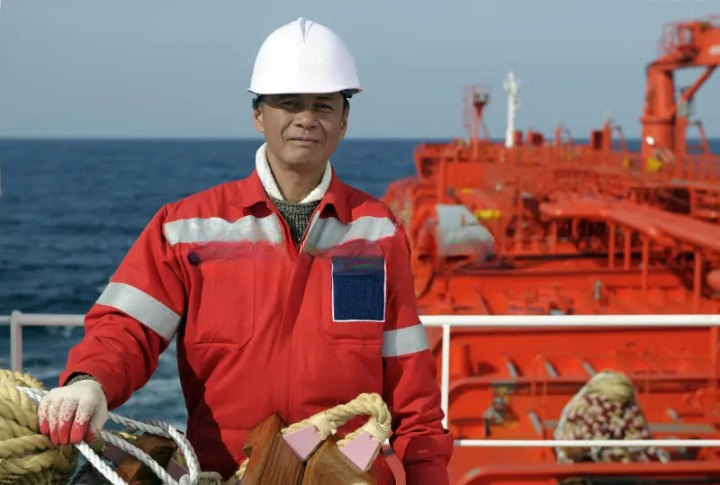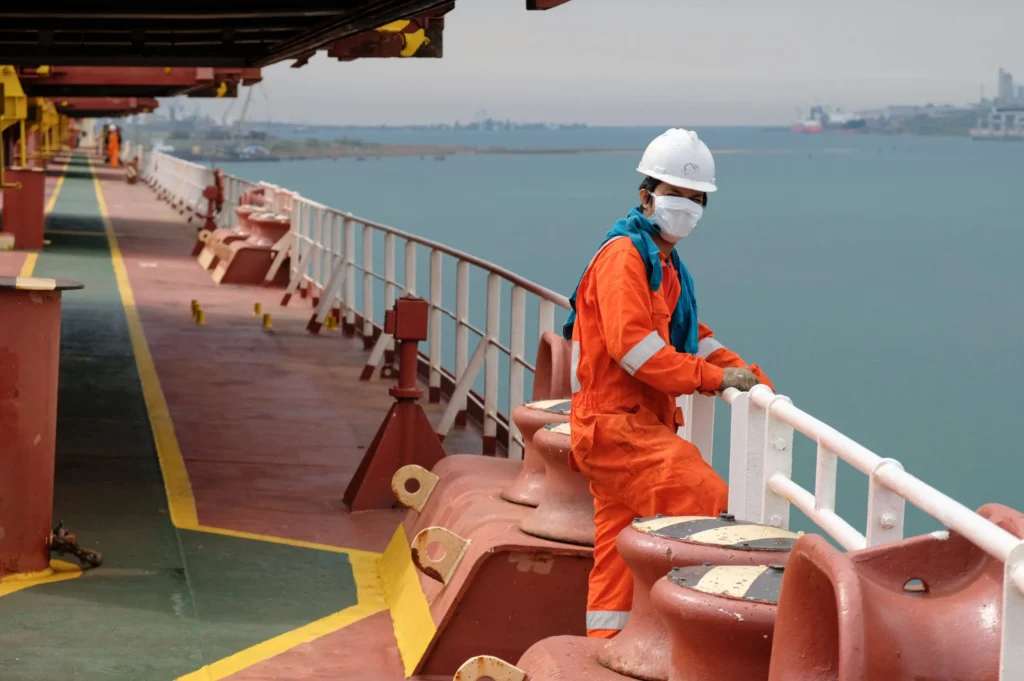Formal Safety Assessment (FSA) is a structured and systematic methodology aimed at enhancing maritime safety through careful risk assessment and evaluation. It is a method used to assess the risks associated with shipping activities and evaluate the costs involved.
Formal Safety Assessment is crucial in the maritime industry as it helps in making transparent decisions, justifying measures, and ensuring thorough understanding and comparison of available options before making decisions.
While shipping remains a fairly risky enterprise, several measures can be taken by mariners to reduce the stakes. Formal Safety Assessment is one of the ways by which mariners can keep a check on these risks and find ways to keep them to a minimum.
Needless to say, FSA or Formal Safety Assessment is of great important in this industry.
What is Formal Safety Assessment?
FSA can be described as a systematic method of enhancing maritime safety which is done through a careful process of risk assessment and evaluation. International Maritime Organization, IMO defines FSA as a ‘rational and systematic process for assessing the risks associated with shipping activity and for evaluating the costs and benefits of reducing the risks.
FSA is a five step process that covers all aspects of safety analysis and suggesting suitable safeguards against all major and minor areas. The concept of formal safety assessment was first proposed in 1988 when, in an offshore accident about 167 people lost their lives.
This accident opened maritime authorities to need for a formal methodology for safety risk analysis to be able to find the most suitable ways for that. Since then, governments complying with IMO’s guidelines have to follow a set procedure analyzing the biggest risks they face, finding the most feasible solutions to reduce those risks and checking those solutions for cost effectiveness.
Why is Formal Safety Assessment important?

FSA is the formal and methodological approach for shipping safety analysis. Mariners run high risk at all times. The stakes are always high in terms of loss of life and property. Importance of safety analysis through FSA can be understood by understanding its role in marine safety. FSA is of great importance to marine industry because
- It helps making a transparent decision making process
- It helps justify measures decided upon through this process
- It ensures the decision is made after a thorough understanding and comparison of all other available options
Also read, Continuous Synopsis Record (CSR) of Ships?
Process of Formal Safety Assessment:
- Identification of Hazards: The first step involves identifying all possible risks that mariners may face, considering factors like ship category, functions, size, operations, and external influences on the vessel.
- Risk Analysis: This step focuses on understanding the nature of risks and the potential damage they can cause to assess high-risk areas of a vessel.
- Risk Control Options: Identifying ways to avoid hazards or reduce risks, selecting the most feasible options for practical purposes.
- Cost Benefit Assessment: Evaluating the cost-effectiveness of each risk control option to ensure that the cost of the solution is justified by the potential damage it could prevent.
- Recommendations for Decision Making: Providing information on hazards, associated risks, and cost-effectiveness of alternative risk control options to make informed decisions.
How is Formal Safety Assessment done?
Formal Safety Assessment is done according to guidelines given by IMO. A five step process has been suggested by IMO. These steps are:
- Identification of hazard-
- Risk analysis
- Risk control options
- Cost benefit assessment
- Recommendations for decision making
1. Identification of hazards
The first and most important aspect of shipping safety analysis and safety measurements is to know what risks mariners face in terms of hazards. The nature and extent of hazards would depend on several factors like ship category, ship functions, size, operations, and external influences on the vessel, accident category like collision, explosion etc and risks due to consequences of all these factors.
A combined study of all these factors is important to understand complete nature of hazards. Besides these, a complete understanding of previous databases including the past accidents, their nature and extent is needed for hazard identification. This first step basically deals with finding out all the possible things that can go wrong with a vessel and hinder in its safety.
2. Risk analysis
It deals with understanding the nature of things that can go wrong with vessels and the damage they can cause. This step is of high importance for assessment of high risk areas of a vessel. Understanding the nature of risks and type of damage they can cause helps in better decision making to tackle them.
3. Risk control options
This is a holistic step that understands all the ways through which a hazard can be avoided or its risks can be reduced. Of all these options, the most feasible ones are to be selected. Safety risk analysis is done to find which of all the available options can be selected for practical purposes.
4. Cost benefit analysis
Cost happens to be one of the major limiting factors for feasibility of any method for risk control. This analysis helps understanding what it would cost to use a particular method to evade a risk. Essentially, the cost of solution should be lesser than the extent of damage that could be caused due to that risk.
5. Recommendations for decision making
The final step of safety risk analysis is to make a final decision about the most suitable way to reduce risks and their consequences. For that, a comparative study of all available options is done. Basic idea is to make sure that the solution decided is the best of all options available will yield best results and is suited from cost aspect. Expert recommendations and previous studies are useful for the decision making process.
Formal safety assessment clearly happens to be one of the very important aspects of marine industry. Entire safety profile of a vessel relies on its FSA and its effectiveness. Guidelines by IMO help in achieving a uniform and standardized way of risk analysis. The standardized procedure of FSA can be followed by all governments or organizations in consultative status with IMO or by any other committee or subsidiary body to identify the most risky areas of shipping.
In conclusion, Formal Safety Assessment plays a critical role in enhancing maritime safety by providing a methodical approach to risk assessment, decision-making, and cost-effective solutions in the shipping industry.

